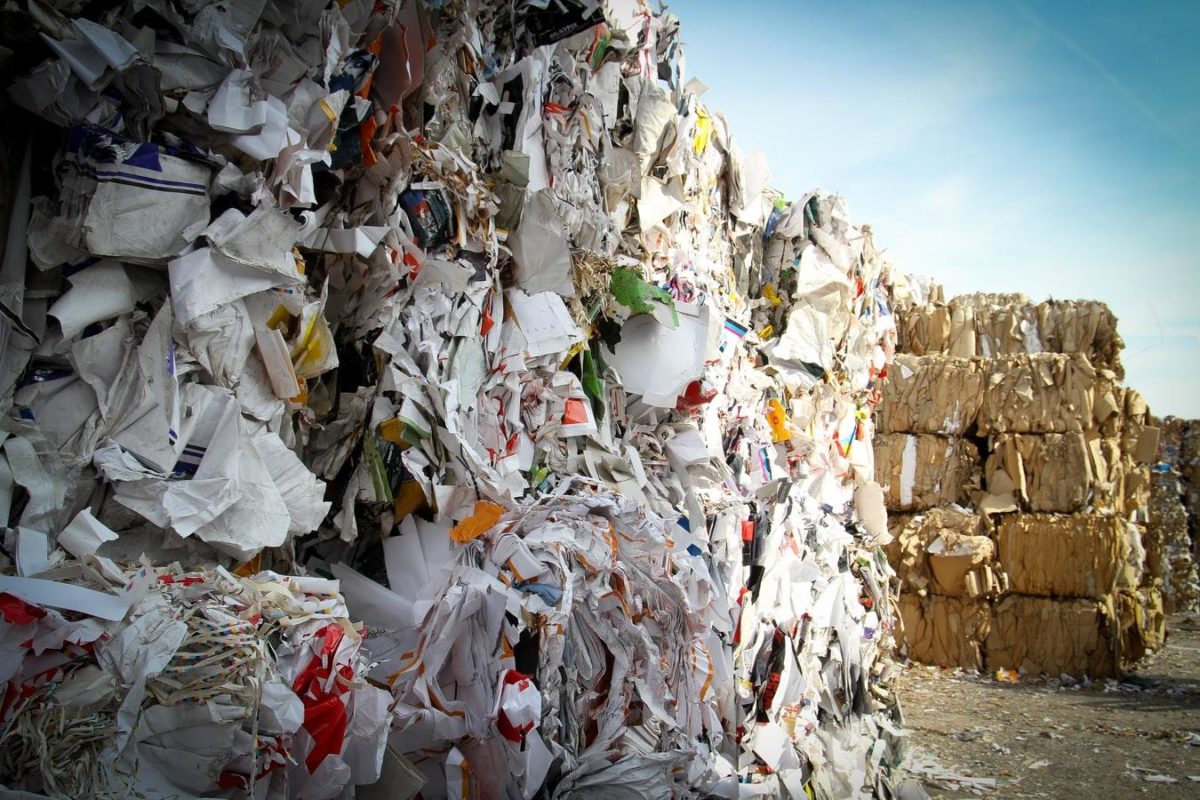What is fast fashion?
The desirability of cheap clothing has brought huge success to the fashion industry for many years. Affordable high-street retailers have attracted vast amounts of revenue from low-quality and in-trend products. Additionally, the recent explosion of online fashion sites means stylish, cheap garments can be purchased quickly and easily from the comfort of our own homes. However, have you ever stopped to wonder why and how these clothes are so cheap and produced so quickly?
This is fast fashion, the mass production of cheap, disposable garments, which, thanks to countless new collections, make customers constantly feel out-of-date and pressured to buy more to stay on trend. It focuses on speed and low costs in order to deliver instant styles and collections inspired by the latest catwalk looks or celebrity outfits. Between 2000 and 2014, global clothing production doubled, with the average consumer now buying 60% more garment pieces than they did 15 years ago. Yet each item is kept for half as long [1]. This continuous turnover of clothing has resulted in global mass waste, with 85% of all textile fabrics going to landfill each year [2].

The environmental impacts of fashion
The main effects of fast fashion on the environment are the release of greenhouse gas emissions, the release of toxic chemicals, water pollution and increasing levels of toxic waste [3]. The fashion industry is the second-largest polluter in the world behind the oil industry. Every year, the global emissions from textile production are equivalent to 1.2 billion tonnes of CO2 — that’s more than the carbon footprints of international flights and shipping combined.[2]
The volume of water used in cotton production has reached 93 billion cubic metres per year, with 10,000 – 20,000 litres of water needed to make just 1kg of clothing [4]. This places an immense strain on water resources around the world, especially in areas where water is scarce, and makes the fashion industry the second-largest consumer of water [5]. Other fabric fibres such as rayon and viscose are derived entirely from trees and, therefore, the demand for them contributes to deforestation. An extraordinary 150 million trees are logged and turned into fabric every year [6].
What’s more, the popular use of vibrant colours, prints and fabric finishes in fashion garments rely heavily on the use of toxic chemicals. With a lack of ventilation systems and unacceptable health-and-safety conditions in many factories and sweatshops, garment workers are consistently exposed to these chemicals, which can adversely affect their skin and lungs. [7] In addition, these workers are frequently and illegally paid below the minimum wage and forced to work extremely long hours to meet the deadlines of demanding fashion brands. However, the pressure of fast fashion and its devastating impacts are not limited to the westernised world; they are experienced globally.

Fashion industry in Kenya
Mary Jones is a dedicated environmentalist from Kenya who has just opened her own fashion business, The Fashion Closet. She notes that “Kenyan fashion has taken many style cues from the western world”.
With regards to the environmental impacts of fast fashion in Kenya, she comments: “It’s hard for us as humans to be honest with ourselves, especially when we don’t want to accept that our doings cause harm, whether intentionally or just by default.
In recent years here in Kenya as the economy grows, there has been a certain societal expectation that has led to a high demand in clothes production, therefore raising the carbon emissions in the environment,” she adds.
As a dedicated environmentalist, Mary is heavily involved with the projects carried out by The Word Forest Organisation and believes this work helps to alleviate the impacts of the fashion industry and attract new customers to The Fashion Closet.
“We, as a company, also took into consideration the impact that the industry has on the environment and, as a way of giving back, we became involved with environmental conservation projects and this too contributes greatly to winning the hearts of our clients,” she says.

How YOU can be more sustainable with your fashion habits
In order to reduce the environmental impacts of your shopping habits and to avoid supporting brands and businesses which provide exploitative working conditions for their employees, there are several ways in which you can personally make a difference.
- Choose quality over quantity
Investing in higher-quality garments which last longer reduces the amount of clothing that ends up dumped in landfills and oceans.
- Invest in sustainable brands
There are hundreds of brands which produce fashionable items sustainably from recycled materials. Create a new habit; research the ethical and environmental background of a brand before making a purchase.
- Buy secondhand or swap and rent clothing
Instead of buying brand-new clothing, look at alternative options such as secondhand and charity shop items. Try swapping clothes with friends and family or even renting clothes for special occasions.
- Don’t bin your clothes! Donate or recycle them
If you no longer want your clothes, donate them to charity shops or sell them online. If they’re damaged, you can try repairing them with a needle and thread. However, if the items are beyond repair, you can put them in a nearby textile recycling bin so that they can be used to make new clothing [8].
Plant more trees
Deforestation is not commonly linked with the fashion industry, but several textiles are made from tree pulp and the impact on forests is considerable. At this critical time, we need more trees in the ground. The Word Forest Organisation works with a community in Kenya; they plant and tend to the trees that help mitigate the effects of climate change for all of us. A small donation will go a long way. You can see more of what we do by watching our film #TreesAreTheKey
Anna Williams and The Team
References
[1] https://edgexpo.com/fashion-industry-waste-statistics/
[2]https://www.businessinsider.com/fast-fashion-environmental-impact-pollution-emissions-waste-w ater-2019-10?r=US&IR=T
[3]https://www.independent.co.uk/life-style/fashion/environment-costs-fast-fashion-pollution-waste-sustainability-a8139386.html
[4] https://unearthed.greenpeace.org/2019/09/12/fast-facts-about-fast-fashion/
[5] https://impakter.com/fast-fashion-effect-on-the-environment/
[6] https://goodonyou.eco/fashions-footprint-forests/
[7] https://www.trustedclothes.com/blog/2016/06/23/impact-of-dyes/
[8]https://www.sustainyourstyle.org/en/whats-wrong-with-the-fashion-industry#anchor-environmental-impact





